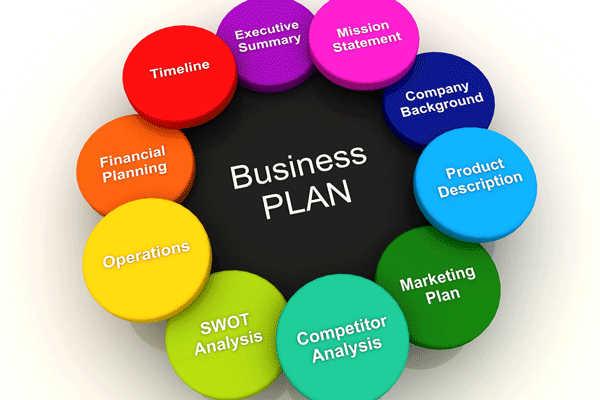
“The purpose of a business is to create a customer.” — Peter Drucker
It used to be said that if you develop a good product, customers would beat a path to your door. However, many people who have tried to start a new business have found out to their horror the sheer difficulty of getting new customers, especially in this period of economic recession and liquidity constraints.
sme’s chat with phillip Achichoni
Many new enterprises have closed down within a few months of opening as the owners found the going tough and failed to garner enough customers for the business to gain traction and break even.
Without a customer, you have no business. It is, therefore, very important to develop a marketing plan, which describes how your target customers are going to become aware of your products, how you will reach and win new customers, how you will keep existing customers happy and how you will stay ahead of the competition.
In fact, the marketing plan is so important to a business that many now say the marketing plan is the business plan. You will find that most of the tools used in business planning, such as PEST and SWOT, are clearly marketing planning tools. A marketing plan is therefore a crucial component of an effective business plan.
Even though the business environment is changing rapidly, the fundamentals of marketing remain the same. The plan should cover the four P’s of marketing: Product — what are we selling? Price — how much are we selling it for? Promotion — how will the customer be made aware of what we are selling? Place — where are we selling it?
- Chamisa under fire over US$120K donation
- Mavhunga puts DeMbare into Chibuku quarterfinals
- Pension funds bet on Cabora Bassa oilfields
- Councils defy govt fire tender directive
Keep Reading
The focus of your strategy should be to make sure that your products and services meet customer needs better than competitors’ and develop long-term and profitable relationships with those customers. It may also help you to identify completely new markets that you can successfully target.
Marketing objectives
Your marketing objectives should be based on understanding your strengths, weaknesses and the business environment you operate in.
They should also be linked to your overall business strategy. For example, suppose your business objectives include increasing sales by 10% over the next year. Your marketing objectives might include targeting a promising new market segment to help achieve this growth.
Your marketing goals should build on your broader business objectives. The goals should specify the following:
*What products or services you will offer and to which market segments?
*What key benefits you will offer.
*How you will gain a competitive advantage.
*What specific targets you aim to meet over what time frame? For example, market share, revenue, customer numbers, etc.
The marketing goals should meet the following criteria in order to be effective: S — Specific M— Measurable A— Achievable R— Realistic T — Time bound
An example of a SMART marketing goal is as follows:
Specific goal — get 10 new customers
Measurable — you can easily measure (count) to see if you have got the customers.
Achievable — do you have the resources-human and financial — to achieve the objective?
Realistic — while you should stretch yourself, do not be over- ambitious.
Time Bound — set deadlines for achieving the goal. You can aim to get 10 new customers within 60 days.
Smart objectives can be monitored and actions controlled. When you fail to meet the set objectives, the reason can be analysed and remedial action taken.
Marketing strategies
To put your goals into action, you need to develop specific strategies to achieve them. The strategies need to cover the key aspects of product, price, place and promotion. It is important to distinguish between strategy and tactics.
While these two words appear to have the same meaning, the results attained from implementing strategies compared to tactics can differ a lot.
Profits can actually be maximised with a strategy that optimises the correct blend of marketing tactics.
The aim of marketing is to make sales. Sales bring in cash flow, which is the lifeblood of every business. Remember, not everyone who sees your marketing message will end up as your customer.
An effective marketing programme is one that continuously creates awareness of your products and services among potential customers, or suspects.
An effective sales programme will convert a portion of the potential customers into buying customers.
Your plan should therefore describe specific ways your business is going to make marketing campaigns that bring in customers. If you do not start with a marketing plan, your business will face big hurdles in starting and growing. Remember, growth and sustainability come from attracting customers, keeping them returning to buy more and spreading the word about your good products and services.
Follow these tips and you will be able to build and grow your business even in tough times.
Phillip Chichoni is a consultant who helps SMEs and entrepreneurs build sustainable businesses. You may contact him by email, [email protected]. You can also visit http://smebusinesslink.wordpress.com












